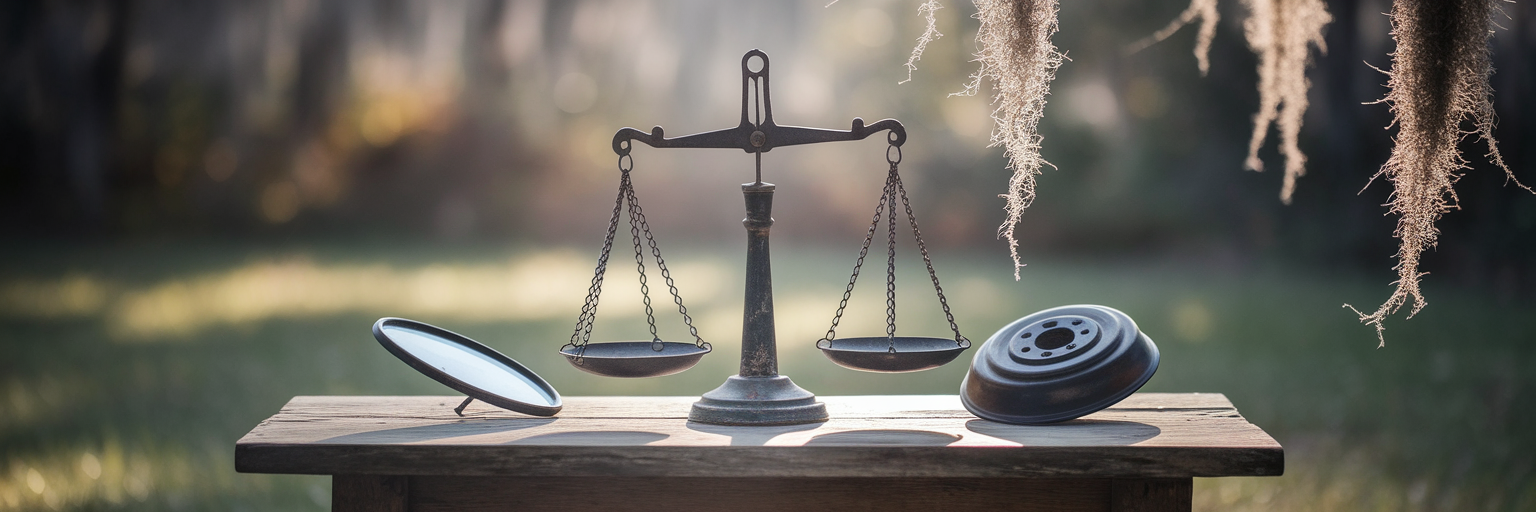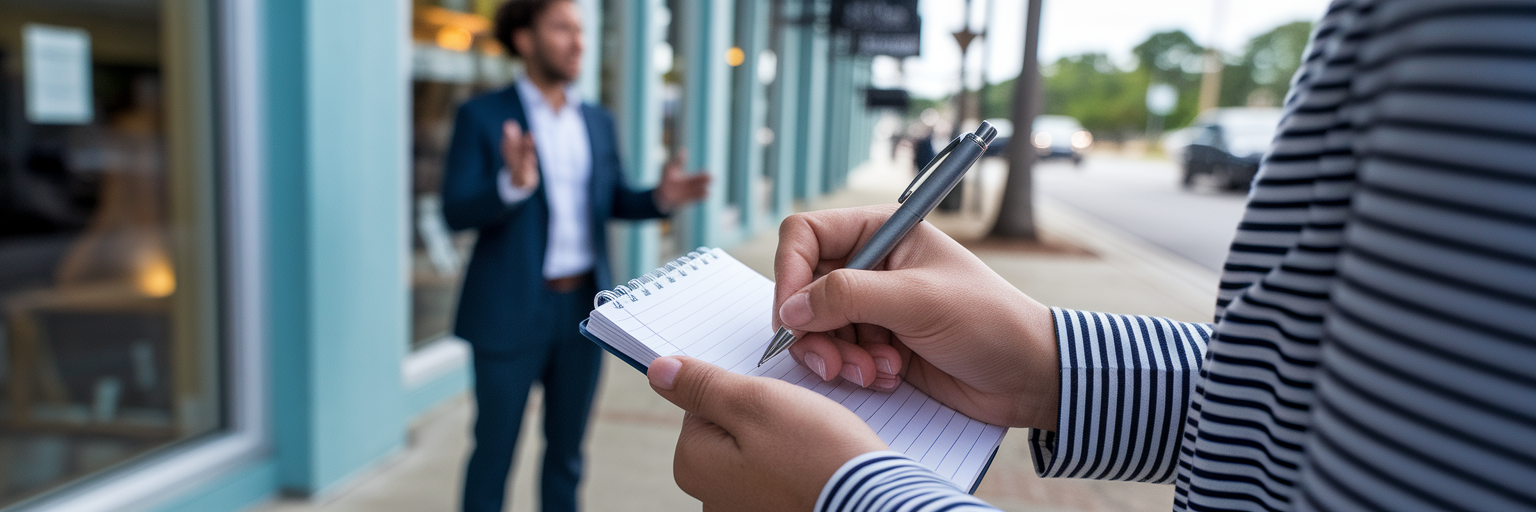Anyone who regularly drives in Mount Pleasant knows that Coleman Boulevard is more than just a road; it is the town’s primary artery. It connects the Ravenel Bridge to Sullivan’s Island, serving as a lifeline for commuters, shoppers, and tourists alike. This constant, diverse flow of traffic is precisely what makes it so hazardous.
Unique Dangers of a Coleman Boulevard Crash
The danger of Coleman Boulevard lies in its unique blend of high-speed commuter traffic and the stop-and-go rhythm of a commercial district. One moment, drivers are moving at 45 mph, and the next, the car ahead makes a sudden, unsignaled turn into a shopping center or restaurant. This volatile mix is a direct cause of the most common collisions: rear-end accidents from abrupt stops and sideswipes from last-second lane changes.
Tourists unfamiliar with the road’s flow often add another layer of unpredictability. The wide, straight lanes can create a false sense of security, encouraging speeds that make it difficult to react to unexpected events. After a Coleman Boulevard crash, this environment can distort your perception of what happened. Judging the other driver’s speed or the distance between vehicles becomes incredibly unreliable in the chaotic aftermath. This is why relying on memory alone is a mistake and why objective, physical evidence is absolutely essential to protect your rights.
Understanding South Carolina’s Comparative Negligence Law
After a collision, it might seem obvious that the other driver was at fault. However, in South Carolina, proving their negligence is only half the equation. The outcome of your claim hinges on a legal principle known as comparative negligence South Carolina. This rule, found in S.C. Code § 15-38-15, dictates whether you can recover financial compensation for your injuries and losses.
In simple terms, you are only eligible to receive damages if you are found to be 50% or less responsible for the accident. If an investigation determines that your share of the blame is 51% or more, you are legally barred from recovering anything. This 51% bar is not just a minor detail; it is the central focus of the insurance adjuster’s strategy. Their job is to scrutinize your actions leading up to the crash to shift as much blame as possible onto you. Assigning you even a small percentage of fault reduces their payout, and pushing you over the 50% threshold eliminates it entirely.
| Your Assigned Fault | Your Total Damages | Your Financial Recovery | Explanation |
|---|---|---|---|
| 10% | $100,000 | $90,000 | Your award is reduced by your 10% fault. |
| 50% | $100,000 | $50,000 | You can still recover, but your award is cut in half. |
| 51% | $100,000 | $0 | Because you are more than 50% at fault, you are barred from any recovery. |
This table illustrates South Carolina’s modified comparative negligence rule. The assigned percentage of fault directly impacts the final compensation, highlighting the critical nature of the 51% threshold.
This legal framework means your case is fought on two fronts: you must build a strong case proving the other driver’s fault while simultaneously defending against any accusation of your own negligence. Protecting your rights in this situation is complex, and a skilled personal injury lawyer can ensure you are not unfairly assigned blame.
Gathering Essential Evidence at the Accident Scene
In the disorienting moments following a crash, the actions you take can fundamentally shape the outcome of your claim. Your smartphone is the most powerful tool you have for gathering the objective evidence needed for proving fault car accident SC. Instead of relying on memory, focus on creating a clear, factual record of the scene.
Here are some of the most important car accident settlement tips for collecting evidence:
- Photograph Everything: Do not just take one or two photos of the damage. Capture the entire scene from multiple angles. Take wide shots that show the position of the cars, lane markings, traffic signals, and any nearby landmarks. Then, get close-ups of the damage to all vehicles involved, not just your own. Look for and photograph skid marks, broken glass on the pavement, and other debris. Document conditions specific to Coleman Boulevard, such as a temporary construction zone or sun glare reflecting off storefront windows.
- Identify Witnesses Immediately: The most credible accounts often come from neutral third parties. Look for other drivers, pedestrians, or employees in nearby businesses who may have seen what happened. Get their names and phone numbers. If they consent, use your phone’s voice recorder to get a brief statement of what they witnessed while it is still fresh in their minds.
- Avoid Admitting Fault or Speculating: This is critical. Adrenaline runs high after a crash, and it is natural to want to be polite. However, avoid saying “I’m sorry” or anything that could be interpreted as an admission of guilt. When speaking to the other driver or the police, stick to the facts you know. Do not guess about speeds or timing. Also, never say “I’m fine” at the scene. Many serious injuries, like whiplash or concussions, have delayed symptoms.
The Role of Police Reports and Witness Accounts
After you leave the scene, other forms of evidence will begin to take shape, primarily the official police report and the more detailed accounts from witnesses. Understanding the weight and purpose of this evidence is key to building a strong claim.
The police report is a vital document, but its conclusion on fault is not legally binding. The responding officer rarely witnesses the collision and must form an opinion based on driver statements and physical evidence. You should always get a copy of the report and check it for accuracy. Pay close attention to the accident diagram, any citations that were issued, and the narrative section where the officer summarizes the event. If you find factual errors, they can be challenged.
This is where independent witnesses become invaluable. In a “he said, she said” scenario, which is common in lane-change disputes on a multi-lane road like Coleman Boulevard, a neutral third party can be the deciding factor. Their testimony is not influenced by a financial stake in the outcome, which makes it highly persuasive to insurance companies and juries. A single, clear statement from a bystander who saw the other driver swerve or run a red light can completely dismantle their defense. Following up respectfully with these individuals is crucial, as their account can make or break your case. Understanding the legal weight of this evidence can be confusing, and the resources we provide at Roden Law can offer a solid foundation for your next steps.
How a Local Attorney Maximizes Your Claim
While gathering evidence is a critical first step, transforming that evidence into a successful claim requires legal strategy and local insight. A Mount Pleasant car accident lawyer brings an understanding of the area that goes beyond the law books. They know the specific challenges of Coleman Boulevard, from the dangerous intersections near the Ben Sawyer Bridge to the congested areas around the Towne Centre. This familiarity helps them build a more compelling case.
An experienced attorney also has access to resources like accident reconstruction experts. These specialists use science to analyze vehicle damage, skid marks, and other physical evidence to prove exactly how a crash happened. This elevates your claim from a simple dispute to a fact-based argument that is difficult for an insurance company to refute.
Crucially, your lawyer serves as a protective buffer between you and the insurance adjuster. They will handle all communications, shielding you from tactics designed to get you to admit partial fault and damage your claim under South Carolina’s comparative negligence law. The ultimate goal is to document not only the other driver’s liability but also the full scope of your damages, including medical expenses, lost wages, and the personal toll the accident has taken on your life. Our team of Charleston Car Accident Lawyers offers specialized guidance for these exact situations. If you are ready to discuss your case, contact us for a consultation.


